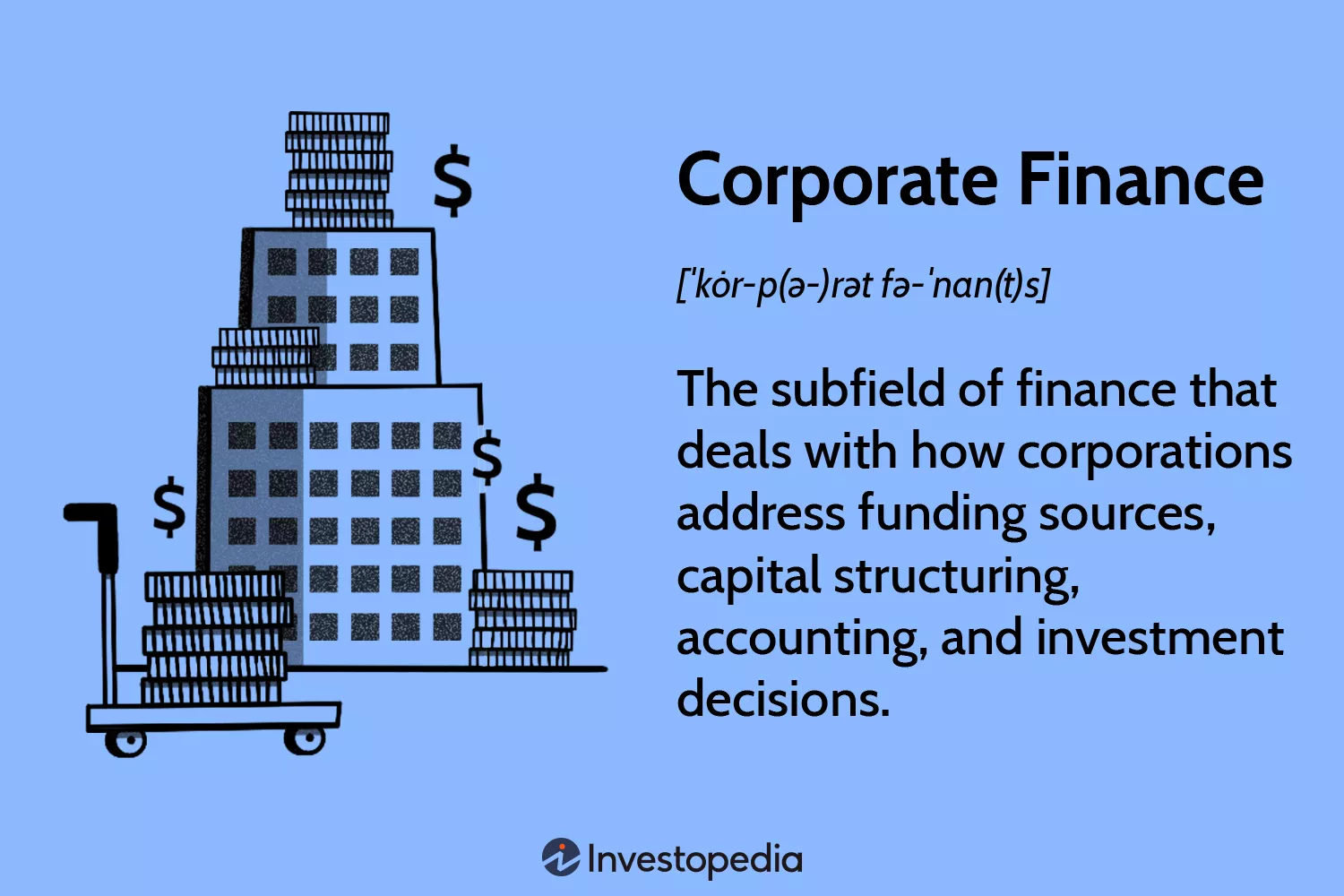Corporate Finance Made Simple: Company Valuation, Mergers & Acquisitions, and Capital Structure
Introduction
Corporate finance is about how a company manages its money — how it raises funds, invests in projects, and creates value for its owners. Three of the most important topics in corporate finance are:
-
Company Valuation – finding the true worth of a business.
-
Mergers & Acquisitions (M&A) – when companies join together or one buys another.
-
Capital Structure – the mix of debt and equity a company uses to finance itself.
Let’s explore each of these in easy language.
1. Company Valuation – Finding What a Business is Worth
Valuation means estimating the fair value of a company. This is important for investors, business owners, and buyers.
Why It Matters
-
Helps investors know if a stock is cheap or expensive.
-
Useful when selling, buying, or merging businesses.
-
Guides decision-making for raising money or expanding.
Common Methods of Valuation
-
Market value: Based on the company’s stock price × total shares.
-
Earnings-based value: Looking at future profits (cash flows) and discounting them to today’s value.
-
Asset-based value: Adding up what the company owns (assets) minus what it owes (liabilities).
Example
If a company earns $1 million profit every year, and investors believe similar companies are worth 10× their yearly profit, then this company may be valued at $10 million.
2. Mergers & Acquisitions (M&A) – When Companies Combine
-
A merger happens when two companies join to form one.
-
An acquisition happens when one company buys another.
Why Companies Do M&A
-
Growth: Enter new markets or expand faster.
-
Efficiency: Combine operations to reduce costs.
-
Strength: Gain new technology, skilled employees, or strong brand names.
Types of Mergers
-
Horizontal merger: Two companies in the same industry (e.g., two car makers).
-
Vertical merger: A company joins with a supplier or distributor (e.g., a food producer buying a supermarket chain).
-
Conglomerate merger: Companies from different industries combine.
Risks
-
Cultural clashes between teams.
-
Paying too high a price for the deal.
-
Difficulty in integrating operations.
Example
If a smartphone company buys a battery manufacturer, it ensures cheaper and steady supply of batteries — this is a vertical acquisition.
3. Capital Structure – The Way a Company is Financed
Capital structure is about how a company funds itself — the balance between debt (borrowed money) and equity (owners’ money or shares).
Components
-
Equity: Money from shareholders who own part of the company.
-
Debt: Loans, bonds, or credit that the company must repay with interest.
Why It Matters
-
Too much debt = risky (hard to repay if profits fall).
-
Too much equity = owners share more of their profits with others.
-
A balanced structure lowers costs and maximizes value.
Example
If a company needs $1 million to expand:
-
It can borrow $500,000 from a bank (debt) and raise $500,000 by selling shares (equity).
-
This 50/50 mix is part of its capital structure.
Conclusion
Corporate finance focuses on the big financial decisions inside a company.
-
Valuation shows how much a business is worth.
-
Mergers & acquisitions explain how companies grow by joining forces.
-
Capital structure decides the right balance between borrowed money and shareholder money.
Understanding these ideas helps investors, managers, and even students see how businesses create value and manage growth.

